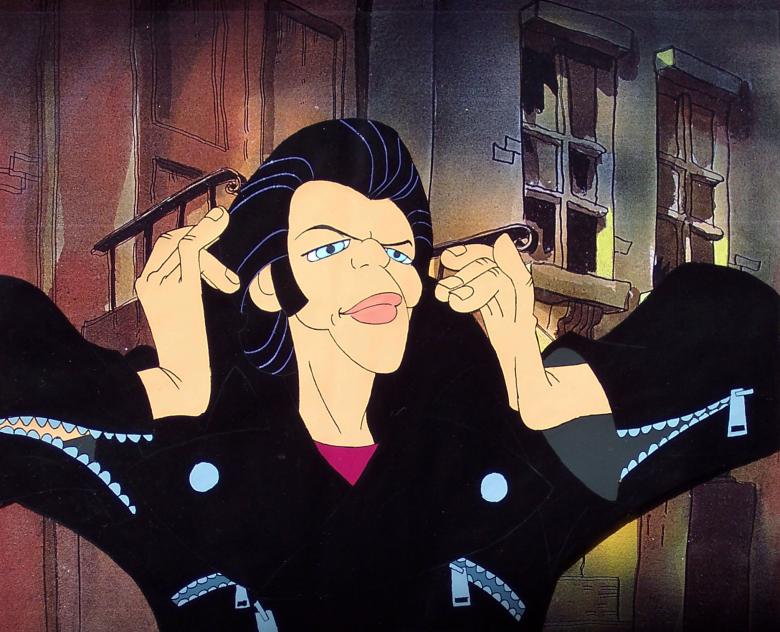Credits
Feature by: Matt Bailey, Katherine Follett, Leo Goldsmith, Glenn Heath Jr., Evan Kindley, Michael Nordine, and Rumsey Taylor
Posted on: 11 April 2011
Related articles:
Features
What is Animation?
Animation would not be what it is today without Ralph Bakshi. His debut Fritz the Cat, irreverently adapted from R. Crumb’s underground comic strip of the same name, has the distinction of being the world’s first X-rated animated movie. The cartoon taboos broken in Fritz and Bakshi’s subsequent films – most of which are chock-a-block with sex, blood, nudity, profanity, racial and ethnic strife, bodily functions, and other undisneylike goings-on – prepared the ground for such celebrated fare as The Simpsons, Ren & Stimpy (whose creator John Kricfalusi started as a Bakshi protégé), and the entire Adult Swim lineup. The very idea of cartoons for adults, a concept our culture has been comfortable with for going on three decades now, owes its development if not its origination to Bakshi and his efforts.
But by the same token, animation today would not be as it is if Bakshi had had more influence on its evolution. His filmography represents a road – or, better yet, a back alley – not taken for animated features. Though Bakshi’s crudity arguably made the world safe for the likes of South Park and Crank Yankers or the fart jokes that grace the Shrek franchise, his films are much darker, weirder, and more personal than these latter-day “cartoons for adults.” Unlike most animators who trade in sick humor, Bakshi’s never been a satirist, nor is he an absurdist or surrealist: he’s a realist, or, if you like, an expressionist, trying to get across the joyful ugliness of human (and animal, and hobbit) existence by whatever means necessary. The recent film closest to his spirit is probably Marjane Satrapi and Vincent Paronnaud’s Persepolis, which blends autobiography, stylization and ribald humor in a manner similar to Bakshi classics like Heavy Traffic and American Pop.
In form as well as content, Bakshi’s movies are unfamiliar: stylistically ambitious, but in a way very different from the ultra-slick CGI modeling popularized in the 1990s by Pixar. The messier techniques favored and, in some cases, pioneered by Bakshi – like rotoscoping, or the use of improvised or naturalistic dialogue, or the incorporation of live action footage and film stills – remain at the fringes of animation, occasionally cropping up in films like Richard Linklater’s Waking Life or Henry Selick’s Monkeybone but still far from the cartoon mainstream. And then there’s the fact that Bakshi himself has not made a movie since 1992’s Cool World (though he’s worked in TV, and is active and prolific as a teacher and painter). I e-mailed Bakshi to find out what he’d been up to lately and received the following unpunctuated note in return:
Evan let me tell you how much I enjoy what you’re doing years ago when I was a cartoonist making films I got and grabbed the opportunity to make what ever I wanted because Hollywood had no idea that animation could say the things I said they stared in disbelief then came after me with all they had films cut up not released etc what remains I’m proud of unfortunately Hollywood animators are doing shrek three toy story two three whatever thanks for playing my movies I recently handed a script in on last days of Coney island an r rated cop thriller set in 1949 Brooklyn here I go again the kids reading it at studios don’t believe I could write such stuff without any apologies apologies to whom I wonder thanks again ralph
For the next two weeks, we will weigh in on all nine of Bakshi’s features, as well as his short-lived foray into Saturday morning TV, The New Adventures of Mighty Mouse. Decidedly not for everyone – those who like their cartoons chaste and child-friendly on the one hand or austere and abstract on the other need read no further – Bakshi’s work is a unique, provocative, and underappreciated oeuvre in the annals of film animation.
Introduction by Evan Kindley
By Matt Bailey, Katherine Follett, Leo Goldsmith, Glenn Heath Jr., Evan Kindley, Michael Nordine, and Rumsey Taylor ©2011 NotComing.com
Reviews
-
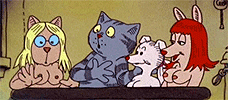
Fritz the Cat
1972 -
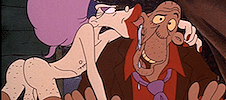
Heavy Traffic
1973 -
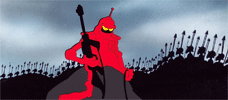
Wizards
1977 -
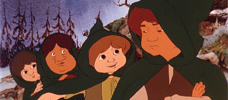
The Lord of the Rings
1978 -
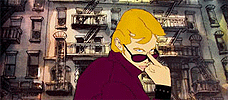
American Pop
1981 -
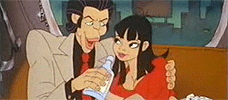
Hey Good Lookin’
1982 -
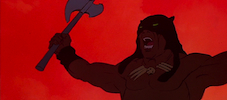
Fire and Ice
1983 -
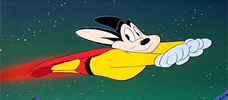
Mighty Mouse: The New Adventures
1987–1988 -

Cool World
1992 -
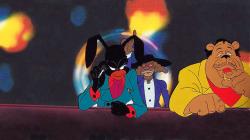
Coonskin
1975
We don’t do comments anymore, but you may contact us here or find us on Twitter or Facebook.



